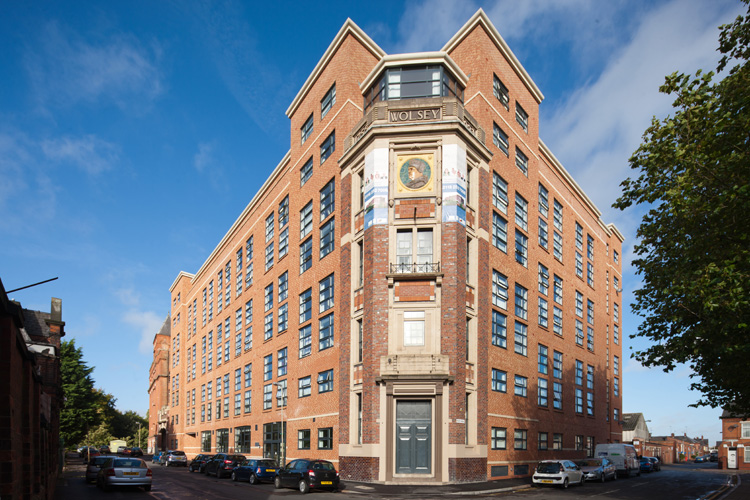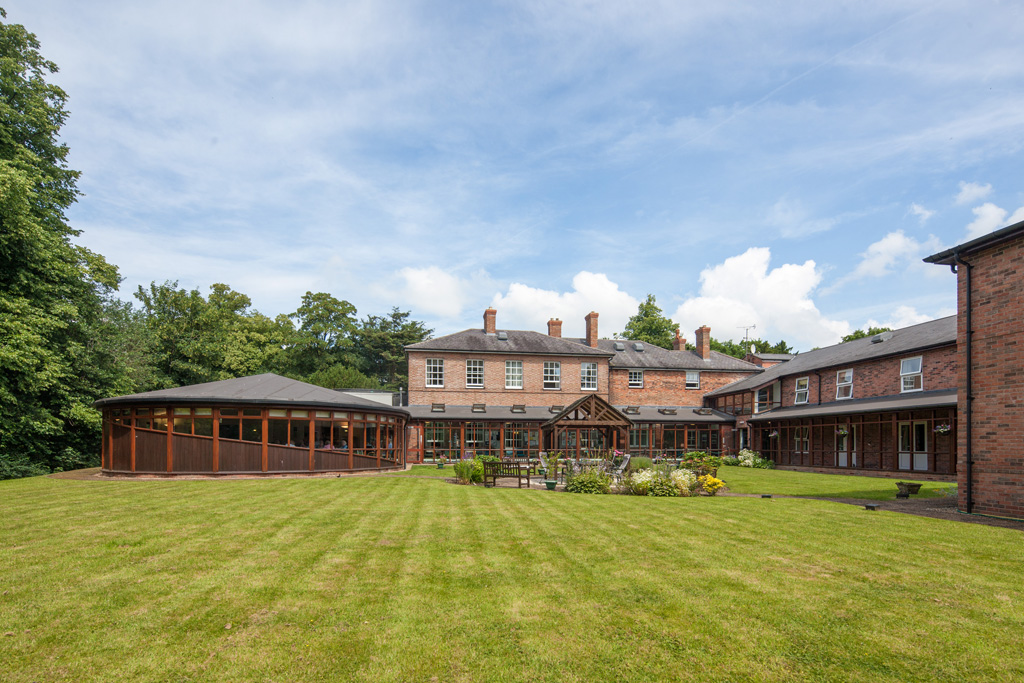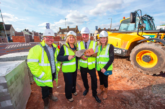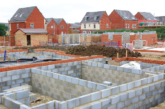
Rob Woolston, director at multi-disciplinary design practice, rg+p outlines the design considerations for development in conservation and heritage areas.
According to Historic England, there are now over 10,000 designated conservation areas in England, with every county having at least one. Enabling development in these areas, or in the vicinity of any historic buildings/sites included on the National Heritage List for England, requires a considered and collaborative approach.
Firstly you need to understand what you’re looking at, why is an asset listed? Why is it a designated conservation area? Setting gives context and immediately defines the parameters for development; whether conversion, extension or new build.
It’s also worth remembering, particularly where heritage assets or listed buildings are concerned, that the listing applies to everything within its curtilage. For instance, on a scheme we completed in Lutterworth, the site featured a Grade II listed Georgian rectory with the listing encompassing the 200 year old lawn This meant extensions to the property had to respect and respond to the lawn just as much as the house.
Vested interests
Once the surroundings have been assessed, it’s also imperative you research who, apart from the developer/client, might have a vested interest and is therefore worth engaging with. It goes without saying the local authority’s conservation team is a priority, and we recommend you take the time to understand their aspirations and interpretations for the site from the outset and throughout the project’s lifespan.
However, there are other consultees to consider. If your project is on a national scale, organisations like the National Trust and English Heritage will be involved. There are also quangos like the Twentieth Century Society or Victorian Society, that whilst not technically statutory consultees, are worth approaching as their support can prove very useful.
Next, make sure you understand the correct designation of the asset or area, for example it’s not uncommon to come across ‘non-designated’ heritage assets, buildings that are locally admired, have a significant story behind them or appear on a locally held register.
An example of this is a development we completed on the site of the former Wolsey knitwear company factory. The factory featured an ornamental bust of Cardinal Wolsey above its entrance and whilst not listed, the building was registered as a non-designated heritage asset. To enable redevelopment to proceed, a compromise was agreed by retaining the ornamental bust as part of the design.
Design considerations
Once all this research has been undertaken, you can think about design; contemporary or sympathetic? We’ve seen both achieved successfully. With sympathetic design, it’s important it doesn’t become a pastiche so make sure the design is accurate to the period(s) and respects the status of the building.
Also make sure you agree materials and find contractors who are qualified to undertake works as these will be scrutinised. Remember that individual fixtures and fittings within an asset are all listed too so there may be limitations as to who and how these can be restored, converted, etc. as well as where replacements may be sourced.
In contrast, contemporary design can revitalise an asset, so long as there is a clear distinction between old and new. By differentiating any new elements you should still be able to read the original design of the building or area.
Whilst much of the above advice has focused on development within a conservation or heritage area, it’s worth mentioning that the same applies to any potential development sites that are opposite or in close proximity. In any case, our recommendation is do your research, seek professional advice as early as possible and collaborate; this way we can ensure a rich architectural tapestry for future generations.











